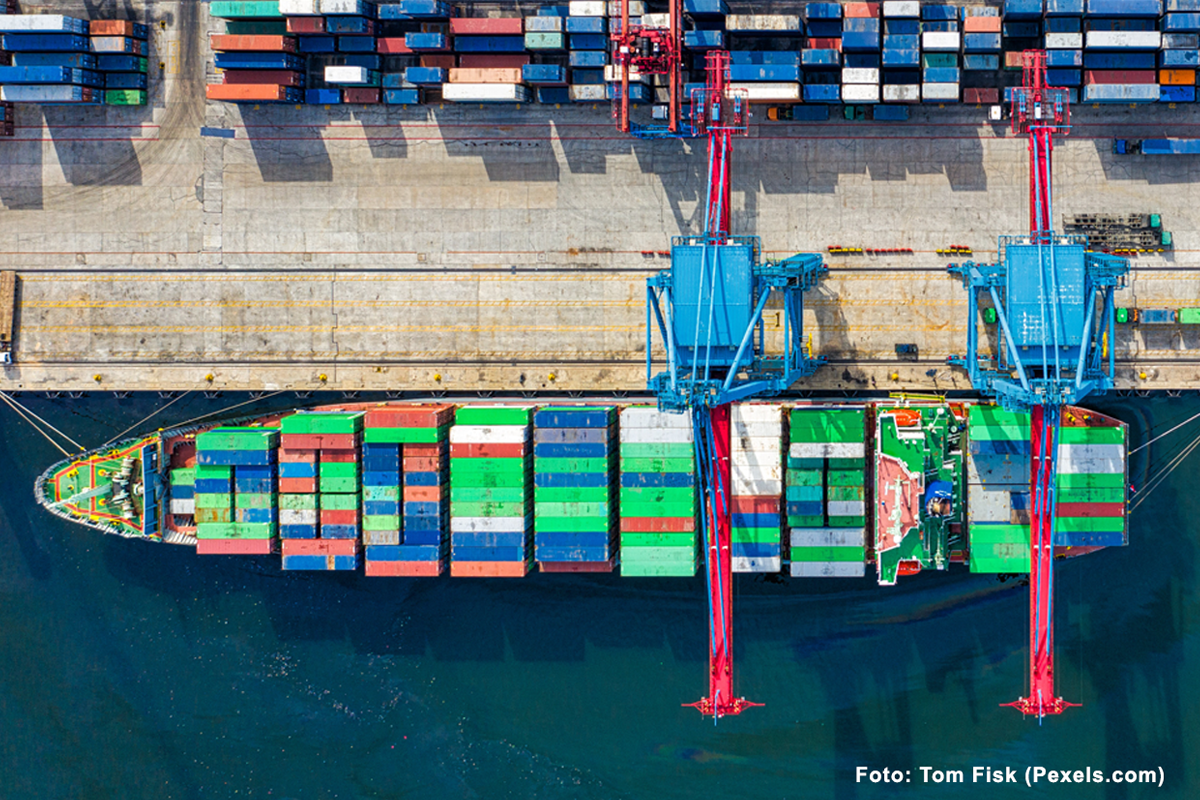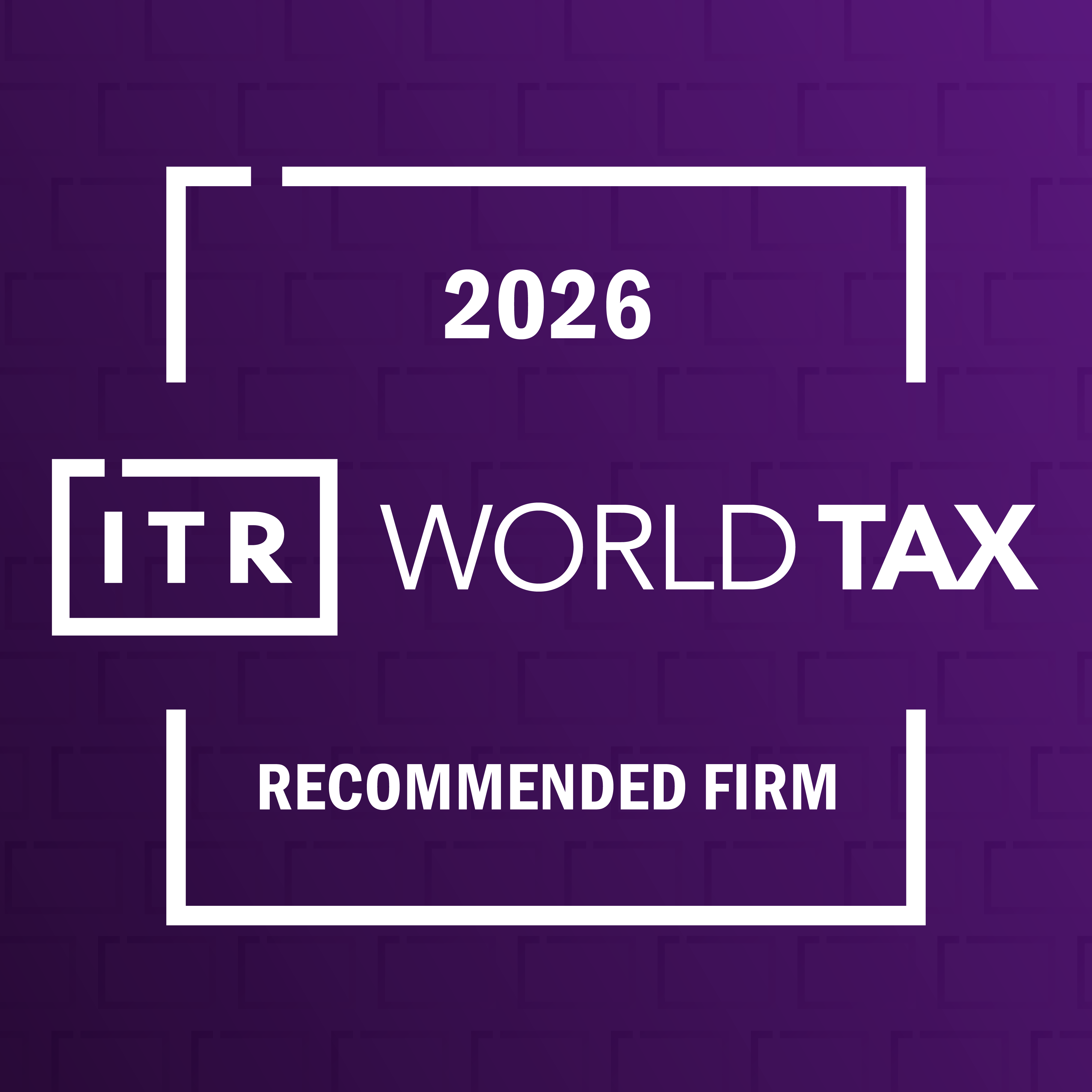Promoting Green Customs, Directorate General of Customs and Excise Issues Regulation on Electronic Seal (E-Seal)

The Directorate General of Customs and Excise has issued new regulations on the use of electronic seals (E-Seal) through Decree No. KEP-97/BC/2025, as amended by KEP-188/BC/2025. This policy aims to improve the efficiency of export-import processes, strengthen customs supervision, and support the Green Customs and Green Logistics initiatives.
According to the regulation, an E-Seal is defined as a seal or security tag equipped with an electronic device that must be connected to an approved electronic system by the Directorate General of Customs and Excise.
The introduction of the E-Seal system is expected to enhance the efficiency and effectiveness of customs services and monitoring related to import and export activities, while promoting environmentally friendly practices through the Green Customs and Green Logistics programs.
E-Seal Providers
E-Seal may be supplied either by customs service users or by providers appointed by those users.
E-Seal by Customs Service Users
Customs service users include importers, exporters, carriers, operators of temporary storage facilities, bonded warehouse operators, and other customs-related service users.
An E-Seal provided by a customs service user must be verified and meet all requirements for customs and excise business processes. In addition, users must integrate their E-Seal system with the Customs and Excise Information System (SKP) by submitting an application to the Director of Customs and Excise Information.
E-Seal by Providers
Alternatively, an E-Seal may be provided by a designated E-Seal provider appointed by customs service users through a business-to-business (B2B) agreement. To qualify as an E-Seal provider, the company must:
- Hold a business license in logistics, equipment, digital devices, security, digital security, or other relevant sectors;
- Supply certified E-Seals that meet customs process requirements;
- Integrate their E-Seal system with the SKP system by applying to the Director of Customs and Excise Information.
Installation and Removal of E-Seal
E-Seals must be installed before goods are transported from their point of origin, which may include customs areas, bonded zones, or other designated locations according to customs procedures.
The removal of the E-Seal takes place once the goods have arrived at their destination — whether it is a customs area, bonded zone, or another designated site in line with customs procedures.
Both installation and removal of the E-Seal must be carried out by operators of temporary storage facilities (TPS), bonded warehouse operators, carriers, or other relevant parties in accordance with applicable customs regulations.
If the goods are already secured using an E-Seal, Customs and Excise officials will not apply additional seals or other security measures.
The provisions for installing and removing E-Seals for specific business processes, such as wing box, many/one-to-many/one, and others, may be regulated separately by the Head of the Customs Office that establishes the Route Plan.
Implementation of E-Seal Provisions
The implementation of E-Seal usage will be carried out in stages for each business process involved in goods shipment. There are six business processes divided into two groups: Group A and Group B.
|
Group A |
Group B |
|
|
Implementation of E-Seal for the Business Process of Group A
|
Customs Office (Unloading Site) |
Initial Phase |
Mandatory |
| Phase I 1. KPUBC Tipe C Soekarno-Hatta |
Juni 2025 |
September 2025 |
|
Phase II
|
August 2025 |
November 2025 |
|
Phase III
|
December 2025 |
March 2026 |
|
Phase IV
|
February 2026
|
May 2026 |
|
Phase V
|
April 2026
|
July 2026 |
|
Phase VI
|
Juni 2026 |
January 2027 |
Implementation of E-Seal for the Business Process of Group B
|
Supervising Customs Office |
Initial Phase |
Mandatory |
|
Phase I
|
|
June 2025 |
|
Phase II
|
March 2025
|
June 2025 |
|
Tahap I
|
November 2025
|
December 2025 |
|
Phase II
|
July 2026 |
Oktober 2026 |
|
Phase III
|
Oktober 2026 |
December 2026 |


